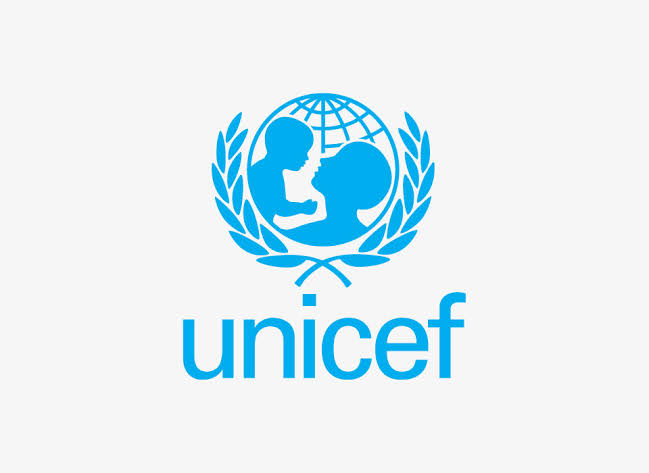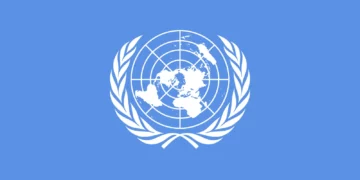It has been established by the United Nations that more than 200 million women and girls alive today have gone through Female Genital Mutilation (FGM) procedure. It also reported that this year, 2023, about 4.2 million girls are at risk of being subjected to FGM. Furthermore, the United Nations Population Fund (UNFPA) estimates show disruptions of school attendance linked to the coronavirus could cause 2 million more cases of FGM to happen over the next decade unless serious actions are taken.
Nigeria has the third largest number of women and girls globally, who have had FGM carried out on them, according to United Nations Children’s Fund (UNICEF). The organisation has also disclosed that FGM is mainly on the increase among Nigerian girls aged 0 to 14. Sadly, the rates have risen from 16.9 per cent in 2013 to 19.2 per cent in 2018, a “worrying trend,” the UN organisation notes. UNICEF has also pointed out that 68 million girls globally were estimated to be at risk of FGM between 2015 and 2030.
In 2012, the United Nations General Assembly (UNGA) named 6 of February the International Day of Zero Tolerance for FGM, aiming to enlighten the world of the brutal practice and gain support to eliminate it.
This year’s theme is tagged, “Partnership with Men and Boys to transform Social and Gender Norms to End FGM”. It was launched by the UNFPA-UNICEF Joint Programme on the Elimination of Female Genital Mutilation: Delivering the Global Promise.
The joint programme which was initiated in 2022, was established to support efforts towards the elimination of FGM by 2030. Interestingly, this programme’s ambition is directly linked to the Sustainable Development Goal 5.3, which aims to end all harmful practices by 2030. A part of the programme continues to concentrate on countries with highest rates of prevalence.
FGM is still common in Nigeria with about 19.9 million survivors. In Nigeria, prevalence of FGM among females aged 15-49 dropped from 25 per cent in 2013 to 20 per cent in 2018, its frequency among girls aged 0-14 increased from 16.9 per cent to 19.2 per cent in the same period, according to Nigeria Demographic and Health Survey (NDHS) figures. An estimated 86 per cent of females were cut before the age of 5, while 8 per cent were cut between ages 5 and 14.
The representative of UNICEF in Nigeria, Peter Hawkins has already disclosed that the practice has no health benefits. The frequency of FGM from media information gathered is highest in the Southeast at 35 per cent and Southwest at 30 per cent and lowest in the Northeast at 6 per cent.
The five Nigerian states were FGM is prevalent are: Ebonyi, Ekiti, Imo, Osun and Oyo. Nearly 3 million girls and women would have undergone FGM in these states in the last five years as of 2022.
The procedure is almost always carried out on children and is a violation of children’s rights. The UNICEF equally notes that the practice violates a person’s rights to health, security and physical integrity, which includes the right to be free from torture and cruel, inhuman or degrading treatment, as well as the right to life, in situations where the procedure results in death.
According to www.guttmacher.com, in a journal of peer reviewed research, volume 23 issue 3 title, Female Circumcision: Rite of Passage Or Violation of Rights?, written by Frances A. Althaus, “After African women’s organisations met in Dakar, Senegal, in 1984 to discuss female circumcision and other detrimental cultural practices, the Inter African Committee Against Harmful Traditional Practices (IAC) was formed.”
The journal explained that with IAC having committees in over 20 countries, the organisation has been vital in bringing the harmful effects of female circumcision to the focus of African governments. Again, fighting the brutal practice are other African women’s networks and organisations that had previously concentrated mainly on issues such as reproductive health, women’s rights and legal justice. Groups like NOW in Nigeria, Mandalaeo Ya Wanawake in Kenya and New Woman in Egypt have added the elimination of female circumcision to their goals.
The journal also points out that at the Fourth World Conference on Women, which took place in Beijing, China in 1995, FGM was described as ‘both a threat to women’s reproductive health and a violation of their human rights.’ The platform also called on governments to “enact and enforce legislation against the perpetrators of practices and acts of violence against women, such as female genital mutilation….”
FGM is practiced in some countries in Asia and Latin America, and sadly continues to persist among immigrant populations living in Western Europe, North America, Australia and New Zealand.
As the International Day of Zero Tolerance for FGM approaches, we as a Newspaper, urge the federal government to look into cases of persistent FGM practices across states, especially the states listed as high risk areas. No one should be coerced into this practice. There should also be a purposeful and concentrated effort at creating the awareness on the consequences of FGM which could also lead to death. Let’s all join hands to fight against FGM.





